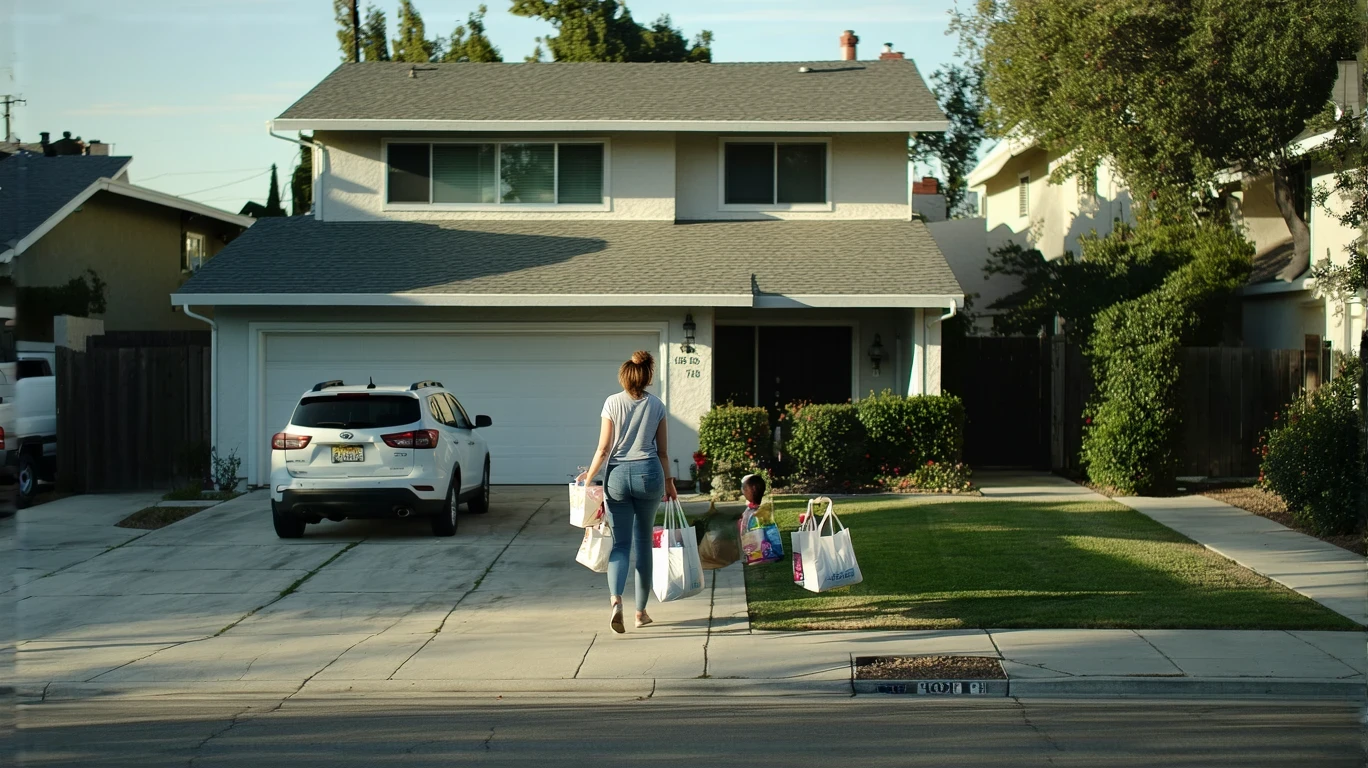
Grocery Spending in Corona: What to Expect
Living in Corona, you might be wondering: How much will your monthly grocery expenses run? Here’s a breakdown for a family of two in 2025. The average grocery bill for a couple in Corona is about $550 per month, which is 12% higher than the national average of $490. Grocery prices in Corona can vary by up to 20% depending on where you shop and whether you buy organic.
While Corona’s grocery costs are above the U.S. median, they are on par with many other Southern California cities. Factors like proximity to agricultural regions, local tax rates, and the mix of grocery chains all influence the final price tags. By understanding what to expect and employing some smart shopping strategies, you can keep your food budget under control.
Item-by-Item Cost Snapshot
To give you a sense of what everyday staples cost in Corona, here’s a table with estimated prices for common grocery items:
| Item | Average Price |
|---|---|
| Milk (1 gallon) | $4.20 |
| Eggs (1 dozen) | $3.50 |
| Bread (1 loaf) | $3.00 |
| Chicken breast (1 lb) | $4.80 |
| Rice (1 lb) | $1.60 |
| Apples (1 lb) | $2.30 |
| Potato chips (12 oz) | $4.00 |
Note: Prices may vary seasonally. Eggs and produce often rise in cost during summer months in Corona.
Where People Shop in Corona
Corona offers a mix of major grocery chains catering to different price points:
- Premium: Whole Foods, Bristol Farms
- Mid-range: Albertsons, Ralphs, Vons
- Discount: Walmart Supercenter, Food 4 Less, Aldi
While stores like Whole Foods draw shoppers with specialty items and organic offerings, budget-conscious residents often frequent Aldi or Food 4 Less for pantry staples and affordable produce. Savvy shoppers mix and match, catching deals at multiple stores.
Budget-Friendly Tips for Saving on Groceries
Wherever you prefer to shop, there are always ways to trim your grocery spending:
- Sign up for loyalty programs to earn points and access member-only discounts
- Buy non-perishables in bulk at warehouse clubs like Costco or Sam’s Club
- Clip coupons from weekly circulars or use apps like Ibotta for cash back offers
- Compare unit prices to determine the best value between brands and sizes
Tip of the Section: Use WinCo’s bulk bins for pantry staples and cut your grain costs in half.
With some planning and flexibility, you can significantly stretch your grocery dollars. Stocking up during sales, buying generic over brand-name products, and reducing meat consumption are all effective methods to lower your bill.
Grocery Costs vs. Dining Out
While a monthly grocery budget of $550 may sound steep, it’s actually quite reasonable compared to regularly dining out. An average meal out in Corona costs $12–18 per person, which can quickly add up. By cooking at home and packing lunches, a couple can easily save $200+ per month compared to relying on restaurants and takeout.
Of course, completely cutting out meals out isn’t realistic or necessary. The key is to find a balance that works for your lifestyle and budget. Even replacing a few weekly restaurant trips with home-cooked meals can make a noticeable impact.
FAQ: Corona Grocery Costs
Is it cheaper to shop in bulk in Corona?
Yes, buying non-perishables and household items in bulk at warehouse clubs is often cheaper per unit than shopping at regular grocery stores. Just be mindful not to overbuy perishable goods that may go to waste.
What’s the most affordable grocery store in Corona?
Aldi and Food 4 Less tend to have the lowest everyday prices on staples, produce, and packaged foods. Walmart Supercenter is also very competitive.
How much do groceries cost monthly in CA?
Grocery costs vary across California, but the statewide average is around $500 per month for a couple. Corona’s $550 estimate is slightly higher than the state median.
Is $500 a month enough for groceries?
For a couple in Corona, a $500 monthly budget is doable but requires careful planning and deal-hunting. Supplementing with some bulk purchases can help keep costs down.
Why are groceries so expensive in California?
Several factors contribute to higher grocery prices in California, including high housing and labor costs, taxes, and strict environmental and agricultural regulations that increase production costs.
Smart Grocery Planning in Corona
By understanding the local grocery landscape and employing some savvy shopping strategies, you can keep your monthly food costs around the $550 mark in Corona. While this is higher than the national average, it’s on par with the overall cost of living in Southern California.
Grocery budgeting is a key part of managing your overall household expenses. For a full picture of the cost of living in Corona, check out these sample monthly budgets for a family of two in 2025. With some smart planning, you can enjoy all that Corona has to offer without breaking the bank.
